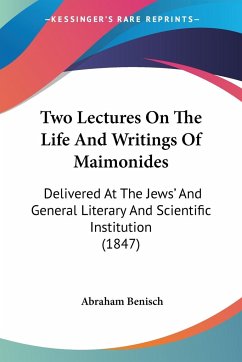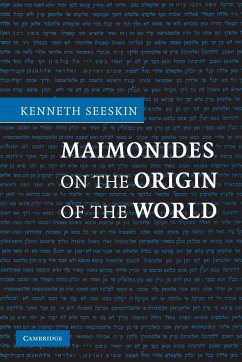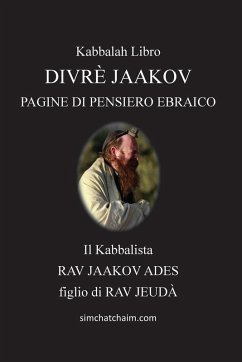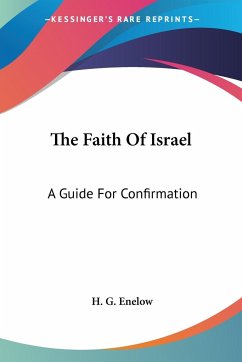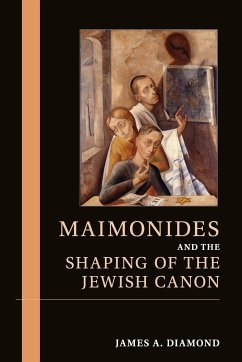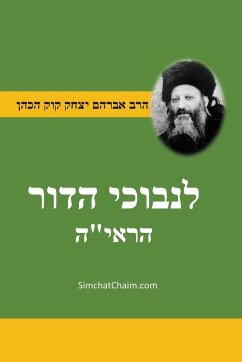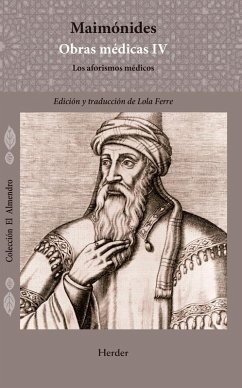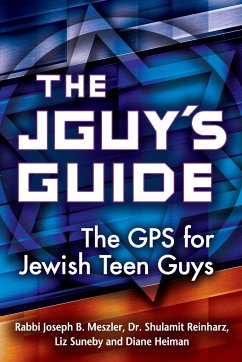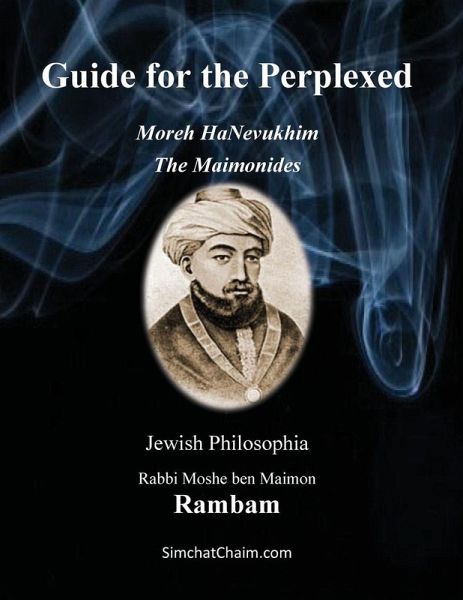
Guide for the Perplexed - The Maimonides
Moreh HaNevukhim - The Rambam

PAYBACK Punkte
17 °P sammeln!
Guide for the PerplexedMoreh HaNevukhimThe MaimonidesJewish PhilosophiaRabbi Moshe ben MaimonRambam Rabbi Moshe ben Maimon [1138-1204], commonly known as Maimonides and also referred to by the Hebrew acronym Rambam [Hebrew - ¿¿¿¿¿], was a Sephardic rabbi and philosopher who became one of the most prolific and influential Torah scholars of the Middle Ages. In his time, he was also a preeminent astronomer and physician, serving as the personal physician to King Saladin. He was born on Passover Eve, 1138 or 1135, and lived in Córdoba, al-Andalus [now in Spain], within the Almoravid Empire u...
Guide for the PerplexedMoreh HaNevukhimThe MaimonidesJewish PhilosophiaRabbi Moshe ben MaimonRambam Rabbi Moshe ben Maimon [1138-1204], commonly known as Maimonides and also referred to by the Hebrew acronym Rambam [Hebrew - ¿¿¿¿¿], was a Sephardic rabbi and philosopher who became one of the most prolific and influential Torah scholars of the Middle Ages. In his time, he was also a preeminent astronomer and physician, serving as the personal physician to King Saladin. He was born on Passover Eve, 1138 or 1135, and lived in Córdoba, al-Andalus [now in Spain], within the Almoravid Empire until his family was expelled for refusing to convert to Islam. Later, he lived in Morocco and Egypt, where he worked as a Rabbi, physician, and philosopher.During his lifetime, most Jews greeted Maimonides' writings on Jewish law and ethics with acclaim and gratitude, even as far away as Iraq and Yemen. Yet, while Maimonides rose to become the revered head of the Jewish community in Egypt, his writings also had vociferous critics, particularly in Spain. He died in Fustat, Egypt, and, according to Jewish tradition, was buried in Tiberias. His tomb in Tiberias is a popular pilgrimage and tourist site. He was posthumously acknowledged as one of the foremost rabbinic decisors and philosophers in Jewish history, and his copious work comprises a cornerstone of Jewish scholarship. His fourteen-volume Mishneh Torah still carries significant canonical authority as a codification of Halakha.The Guide for the PerplexedThis article is about the 12th-century book by Maimonides.The Guide for the Perplexed, [Hebrew: ¿¿¿¿ ¿¿¿¿¿¿¿], Moreh HaNevukhim is a work of Jewish theology by Maimonides. It seeks to reconcile Aristotelianism with Rabbinical Jewish theology by finding rational explanations for many events in the text.It was written in Judeo-Arabic, a dialect of Classical Arabic using the Hebrew alphabet. It was sent originally, part after part, to his student, Rabbi Joseph ben Judah of Ceuta, the son of Rabbi Judah, and is the main source of Maimonides' philosophical views, as opposed to his opinions on Jewish law. In this book we have corrected what needed correction, we have completed the verses that were missing, for the reason that - until about 50 years ago, the scribes wrote only half or a quarter of a verse, because they trusted the reader to know the rest of the verse, and another reason is that printing was expensive and they had to save space. We have also put all the placeholders of the verses and the Talmud.The book is in perfect shape, everything in its place.



